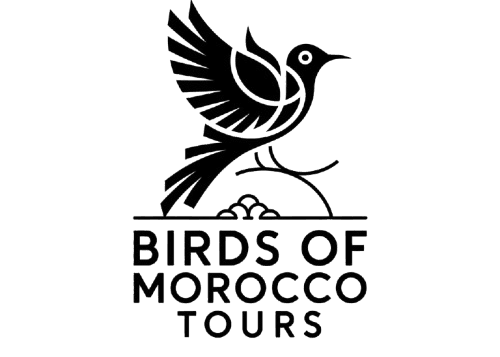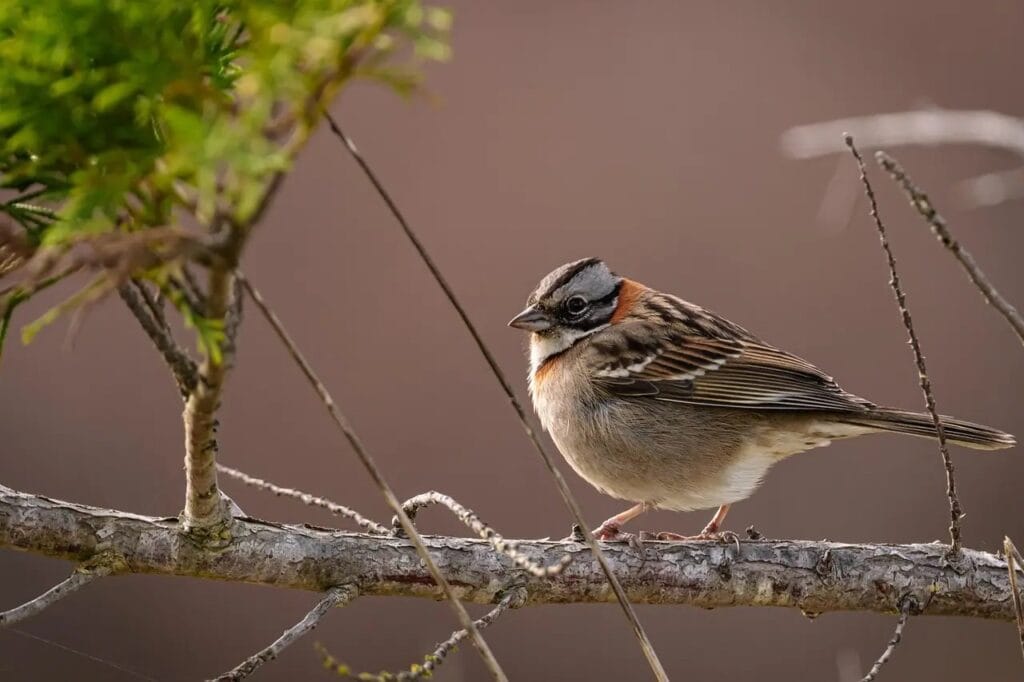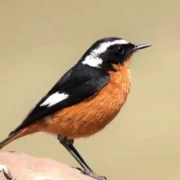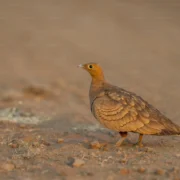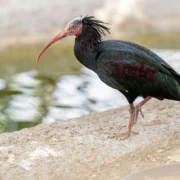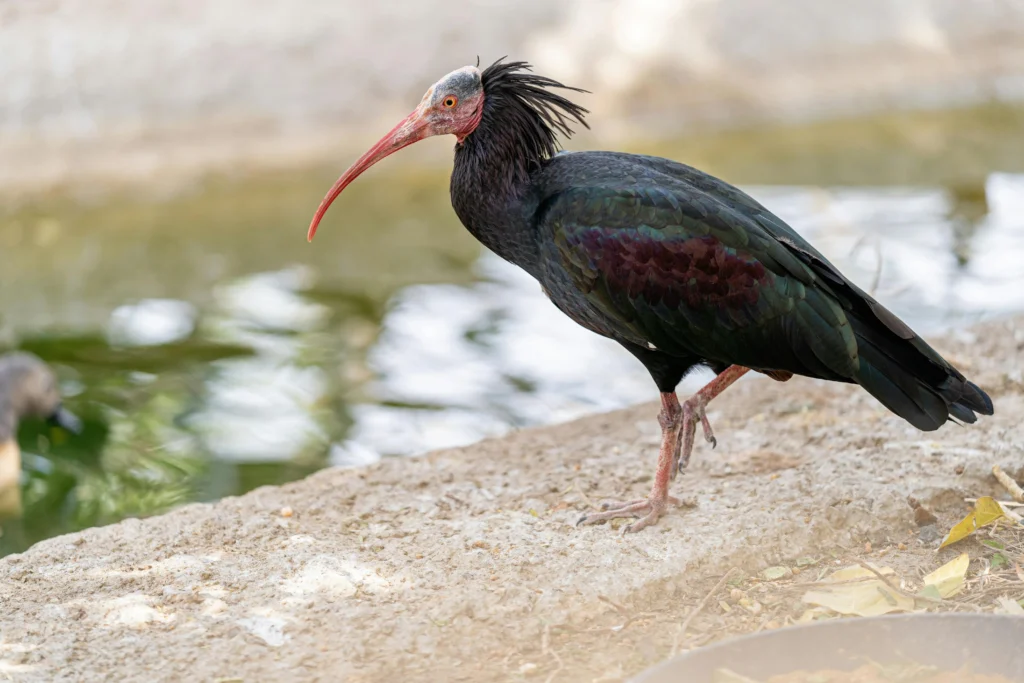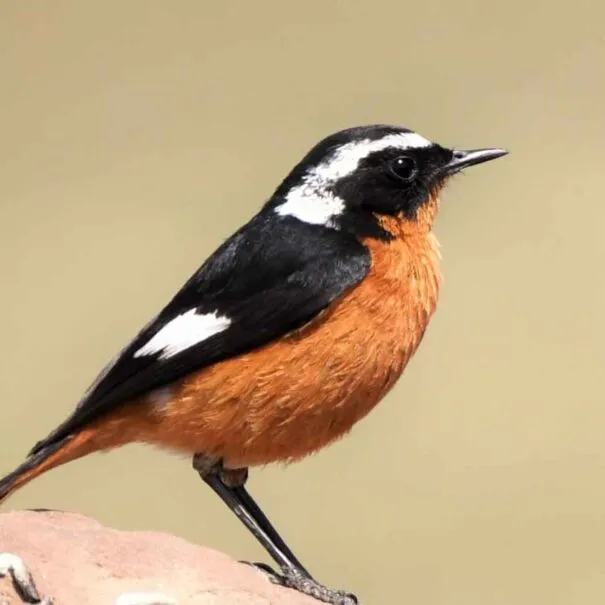Morocco stands as one of Africa’s premier destinations for bird watching enthusiasts, offering an extraordinary diversity of avian species across its varied landscapes. From the snow-capped Atlas Mountains to the golden sands of the Sahara, and from the lush coastal wetlands to the Mediterranean forests, Morocco’s unique geographical position creates a spectacular convergence of European, African, and Middle Eastern bird populations.
Why Morocco Is a Prime Birding Destination
Morocco’s strategic location at the crossroads of Europe and Africa makes it an exceptional hub for bird watching. As the closest African country to Europe, separated from Spain by just 14 kilometers at the Strait of Gibraltar, Morocco serves as a crucial migratory pathway for countless birds traveling between the two continents.
Geographical Advantages
- Continental Crossroads: Morocco’s position as a gateway between Europe and Africa creates one of the world’s most significant bird migration corridors.
- Habitat Diversity: Within relatively short distances, birders can experience coastal wetlands, mountains reaching over 4,000 meters, dense forests, and desert ecosystems.
- Year-round Birding: Different seasons bring different species, making Morocco a 12-month destination for bird enthusiasts.
“Morocco is unique in offering European birders the chance to observe typical African species without traveling deep into the continent. The combination of Mediterranean and Saharan influences creates birding opportunities found nowhere else.” – International Birding Association
Extraordinary Biodiversity
Morocco hosts over 450 bird species throughout the year, including residents, summer breeders, winter visitors, and passage migrants. This remarkable diversity includes:
| Bird Category | Examples | Best Viewing Season |
|---|---|---|
| Resident Species | Northern Bald Ibis, Moussier’s Redstart, Levaillant’s Woodpecker | Year-round |
| Winter Visitors | Greater Flamingo, Common Crane, Various waterfowl | November to February |
| Summer Breeders | European Bee-eater, Rufous-tailed Scrub Robin | April to September |
| Passage Migrants | Thousands of storks, raptors, and passerines | March-May & August-October |
Best Regions for Bird Watching in Morocco
Souss-Massa National Park
Located south of Agadir on Morocco’s Atlantic coast, Souss-Massa National Park is arguably the country’s premier birding site. The park encompasses a variety of habitats including estuaries, coastal dunes, and arid steppe.
Key Species: Northern Bald Ibis (one of the last wild breeding populations in the world), Marbled Duck, Audouin’s Gull, and numerous waders and herons.
High Atlas Mountains
Rising majestically across central Morocco, the Atlas Mountains offer exceptional high-altitude birding opportunities with numerous endemic and near-endemic species.
Key Species: Crimson-winged Finch, Alpine Chough, Moussier’s Redstart, and Atlas Horned Lark.
Merzouga and the Eastern Deserts
The spectacular dunes of Erg Chebbi near Merzouga and surrounding desert areas provide habitat for some of Morocco’s most sought-after desert specialists.
Key Species: Desert Sparrow, Egyptian Nightjar, Cream-colored Courser, and various sandgrouse species.
Oued Massa
This river valley and estuary system forms one of Morocco’s most productive wetland habitats, attracting numerous water birds and migrants.
Key Species: Glossy Ibis, Little Bittern, Squacco Heron, and various ducks and warblers.
Middle Atlas Forests
The cedar and oak forests of the Middle Atlas mountains harbor woodland specialists rarely seen elsewhere in North Africa.
Key Species: Levaillant’s Woodpecker, Short-toed Treecreeper, and African Blue Tit.
When to Visit Morocco for Bird Watching
Morocco offers exceptional bird watching opportunities year-round, but certain seasons stand out for particular experiences:
Spring (March to May)
The prime birding season in Morocco coincides with the northern migration. During this period:
- Resident birds are actively breeding and displaying
- European migrants pass through en route to breeding grounds
- Summer visitors arrive to breed
- Wildflowers carpet many landscapes, enhancing the experience
Autumn (September to November)
Another excellent period as birds migrate southward from Europe to Africa:
- Massive raptor migrations visible at coastal watchpoints
- Different migration patterns compared to spring
- Pleasant temperatures for exploring diverse habitats
Winter (December to February)
While less popular, winter brings:
- Numerous European wintering species to wetlands
- Reduced tourist numbers at major sites
- Better opportunities to observe desert species
- Greater flamingo concentrations in coastal lagoons
Summer (June to August)
Though hot in lowland areas, summer can offer:
- Breeding residents at mountain locations with cooler temperatures
- Reduced competition for accommodation and guides
- Special desert species difficult to find at other times
Practical Tips for Planning a Bird Watching Trip to Morocco
Travel Requirements
Visas: Citizens of many countries including the US, Canada, EU, UK, and Australia can visit Morocco without a visa for up to 90 days. Always check current requirements before traveling.
Health: No mandatory vaccinations for most visitors, but it’s advisable to have routine vaccines updated. Consider hepatitis A and typhoid vaccinations.
Language: Arabic and Berber are official languages, but French is widely spoken. In tourist areas, English is increasingly common. Learning a few basic Arabic or French phrases will enhance your experience.
Transportation Options
- Car Rental: The most flexible option for birders, allowing access to remote locations at your own pace. International driving permit recommended.
- Private Guide with Vehicle: Ideal for first-time visitors, combining local knowledge with transportation.
- Public Transport: Suitable for reaching major cities, but limited for accessing specific birding sites.
- Organized Tour: Many specialized birding tour companies offer comprehensive packages.
Accommodation Choices
Morocco offers accommodation options to suit all budgets:
- Riads – Traditional Moroccan houses with interior courtyards, often beautifully restored as boutique hotels in historic cities
- Eco-lodges – Increasingly available near major birding sites
- Kasbahs – Historic fortified buildings converted to hotels, particularly in southern regions
- Desert camps – Essential for experiencing desert birding at dawn and dusk
- International hotel chains – Present in major cities and tourist destinations
Essential Equipment
- Binoculars: Essential for all birders. 8×42 or 10×42 recommended for the varied Moroccan landscapes.
- Scope and Tripod: Highly recommended for wetland and open country birding.
- Field Guide: “Birds of Europe, North Africa, and the Middle East” by Svensson or “Birds of Morocco” apps.
- Sun Protection: Hat, sunscreen, lightweight long-sleeved clothing.
- Weather-appropriate Clothing: Layers for mountains, lightweight for deserts, waterproof gear for coastal areas in winter.
Cultural Considerations
- Dress Modestly: Particularly when visiting rural areas or religious sites.
- Ask Permission: Before photographing local people.
- Respect Prayer Times: Be aware that some services may be limited during prayer times, especially on Fridays.
- Conservation Awareness: Support local conservation initiatives when possible.
Plan Your Moroccan Bird Watching Adventure
Morocco’s exceptional avian diversity, combined with its rich cultural heritage, stunning landscapes, and well-developed tourism infrastructure, makes it one of the world’s most rewarding destinations for bird enthusiasts. Whether you’re a serious birder building your life list or a casual enthusiast looking to combine wildlife observation with cultural experiences, Morocco offers unforgettable bird watching opportunities.
Ready to experience the avian wonders of Morocco? Start planning your trip around the specific regions and seasons that match your bird watching interests. Consider booking with specialized guides who can maximize your chances of spotting target species while providing insights into Morocco’s natural and cultural heritage.
For more detailed information about specific birding locations, essential species, and practical trip planning, explore our related articles about bird watching in Morocco’s diverse regions and habitats.
Have you experienced bird watching in Morocco? Share your sightings and tips in the comments below!
